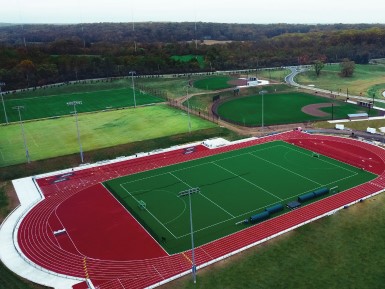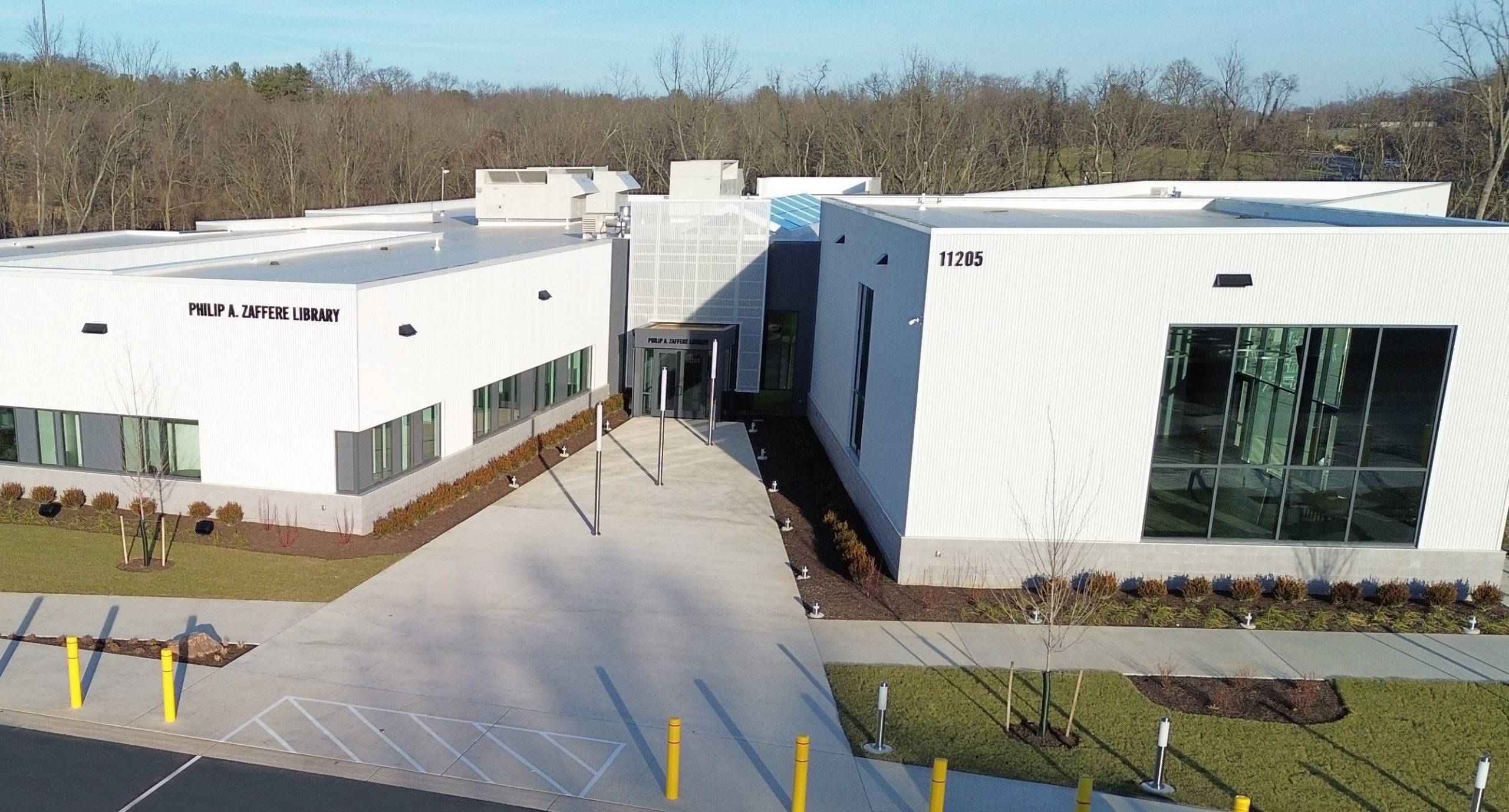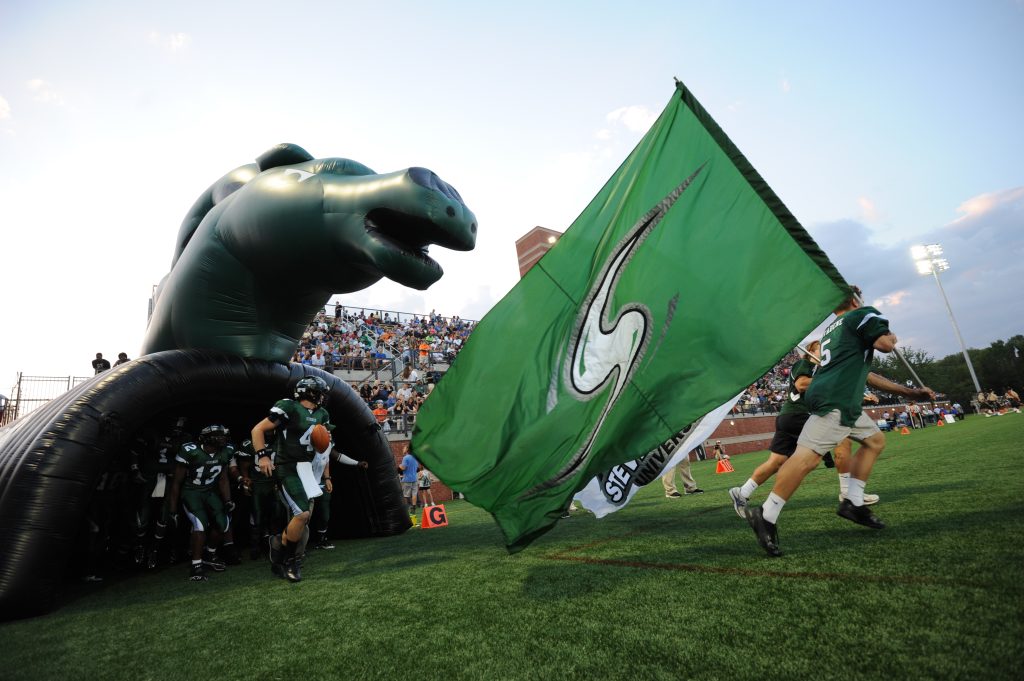
On a recent Saturday, Public History majors from Stevenson University engaged in yet another experience in “Healthy History.” Conceptualized and planned by Professor Joe McGraw, the excursion brought Public History majors and faculty to Harford County, Maryland, where they visited historic Eden Mill and canoed on Deer Creek. Joining Joe were Public History Professor Jamie Goodall and five of our majors.
Caption: Eden Mill (Photo courtesy of Harford County Government)
Eden Mill Nature Center and Park is located in Harford County’s Deer Creek Valley. Encompassing about 120 acres, the venue features a 200 year old grist mill, the nature center, and five miles of hiking trails. Sunrise and sunset canoe trips also run from Eden Mill along nearby Deer Creek.
Caption: Deer Creek in Harford County. (Photo courtesy of Jeana M. Clayton, Irresistible Digitals)
When Elijah Stansbury, Sr., obtained the tract in the late 1790s, it consisted of land formed from other tracts owned by former settlers. One of the joys of doing colonial history in Maryland is engaging in title searches for land grants. A charming reflection of the past, those tracts were named descriptively, ironically, and sometimes whimsically by their owners. In this case, Eden Mill was built on land from tracts formerly known as Spittle Fields, Miller’s Fancy and St. Cloud. According to records available from the Maryland Historical Trust, “the mill was given the name of Eden after a Father Eden, who allegedly established a mission in the vicinity. He was a relative of Sir Robert Eden, a former Royal Governor of Maryland.” The mill was operated throughout most of the 19th century by the Stansburys. In the first quarter of the 20th century, the mill also served as a power plant for Fawn Grove, Pennsylvania. The mill contains almost all of its original machinery.
Caption: What the fashionable public historian is wearing this fall–perfect for historical preserver-ationists.
Our program is trying to re-define the definition of museum to include the great outdoors. Far too many of us prefer the comfort of indoor museums to the far healthier opportunities awaiting us in the backcountry. Hence, the next part of our day.
Caption: Canoeing on Deer Creek. (Photo courtesy of Eden Mill.)
After touring the mill, our small group of public history adventurers journeyed out onto mighty Deer Creek as had generations of explorers ahead of us–via canoe. For several of our group this was their first time in a canoe. Considering that we returned with everyone we arrived with, I would say it was a successful outing. Steph and Karalyn, not content with the bathing facilities provided back at the University, decided to take a bath in the waters of Deer Creek. Of course, it was an unscheduled, inadvertent, and particularly surprising bath, but it was refreshing just the same.
Caption: Foreground, Professor Goodall, then Caroline Smith, and Stephanie Czeslowski. Rear–from L to R–Professor McGraw, Karalyn Glos, Andrea Marquez, and Austin Knox.
While all of our field trips may seem like we are just having fun, the long game is far more important. The learning outcomes from these events transcend learning about history. Our majors are learning how to interpret history to the public while also providing excursions into the outdoors. Whether we journey by coach, 15 passenger van, canoe, horseback, or bicycle, we are teaching our majors about the field of heritage tourism. As other parts of the world attain a greater level of prosperity, the tourism industry will grow in the US. The Chesapeake region will be a magnet for tourist dollars, hence business opportunities will abound in that area. We would like our majors to be familiar and comfortable with conceptualizing, planning, and executing these kinds of excursions in the MD, WV, PA, VA, and DC areas. In addition, these kinds of trips draw our majors together and create a love for public history, the Program, and each other, far beyond graduation.
Remember– Public Historians are the fun historians!!!





